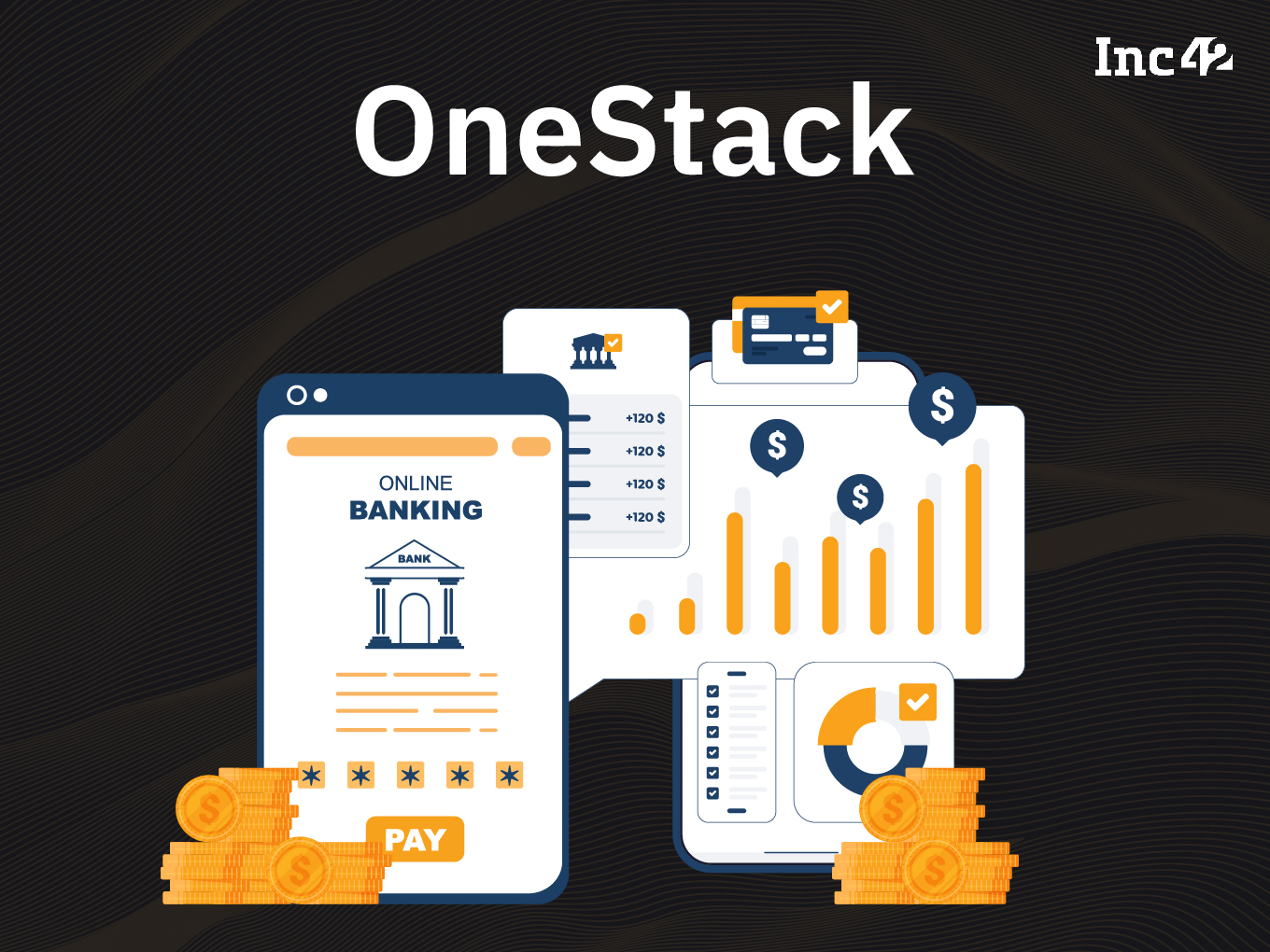Launched in 2012, YourStory's Book Review section features over 270 titles on creativity, innovation, entrepreneurship, and digital transformation. See also our related columns The Turning Point, Techie Tuesdays, and Storybites.
One of the classic startup books that has won wide acclaim over the years is The Startup Owner’s Manual: The Step-by-Step Guide for Building a Great Company by Steve Blank and Bob Dorf.
The hefty 570-page book has been reprinted in 2020, and its lessons are as valid and crucial as ever for aspiring entrepreneurs. Intended to be used as a companion throughout the startup journey, it is packed with 44 checklists, a 10-page glossary of terms, dozens of useful tables and figures, and hundreds of provocative questions for reflection and action.
Steve Blank is a serial entrepreneur, author and educator, regarded as the pioneer of the Customer Development methodology and Lean Startup movement. His earlier bestseller is The Four Steps to the Epiphany. Bob Dorf is also a serial entrepreneur, and teaches at Columbia Business School.
The book addresses B2B and B2C offerings, and physical as well as digital products. Some of the material overlaps with other fields like website design and growth hacking, and the tactical approaches could do with considerable updation to deal with new advances in mobile and social media (some fresh resources are available online).
Here are my three key clusters of takeaways from the compelling book, summarised as well in Table 1. See also my reviews of the related books Straight Talk for Startups, Shortcut your Startup, A Dozen Lessons for Entrepreneurs, Funding your Startup, and Lean Impact.
Foundations
“Startups are not simply smaller versions of large companies,” the authors begin. Starting up involves a combination of customer development, agile engineering, business model design, lean UX, and venture capital models.
“A startup is a temporary organisation in search of a scalable, repeatable, profitable business model,” the authors define.“On day one, a startup is a faith-based initiative built on guesses,” they add. These guesses must be turned into facts by testing, learning, pivoting, and iteration.
They distinguish between SMBs (small, service-oriented), scalable tech-enabled startups (with outsize return potential for investors), buyable startups (often for acqui-hire), corporate entrepreneurship (overcoming incumbent roadblocks), and social entrepreneurs (social impact and profit).
The authors identify two types of innovation risk: market/customer risk (product acceptance) and invention risk (whether long-term creations will work, eg. bio-tech). Both types of risk can manifest together in some cases.
Target markets can be classified into new markets (customer education will be needed), existing markets (differentiation and switching is needed), segmentation (niche or low-cost), and cloning (applying a business model from another country).
“All new companies and new products begin with a vision – a hope for what could be and a goal few others can see,” the authors explain. Founders must search for the right business models and “get out of the building” to truly understand the problems, expectations, and lives of customers,
The authors map out a 2X2 matrix of physical/digital products with physical/virtual channels, thus identifying the explosive growth potential of digital products distributed through digital channels. Digital speeds up testing, change, and optimisation activities, and physical products also increasingly depend on digital marketing.
Drawing on market failures like WebVan and Iridium, the authors explain that “get big fast” and “first-mover advantage” apply only after clarity of customer segments and business model validation.
Traditional linear models of product development are hard to reverse; execution must happen only after hypotheses are confirmed, otherwise premature scaling can lead to disaster. “Startup job titles are very different from a large company’s,” the authors emphasise.
Hiring in startups should therefore focus on those who can learn even without a roadmap, and not just on what they already know. Startup teams are curious and creative, and comfortable with change, chaos, instability, risk, and learning from failure. Hiring traditional managers who can only execute on the ‘plan’ makes no sense when the plan is still being developed, the authors caution.
The authors divide the customer development process into two phases: search (customer discovery and customer validation) and execute (customer creation and company building).Only after the search phase is complete can the startup transition into traditional business activities and scale up on executing the validated model with heavy spends. It is now “graduation day” and the startup has become a company; the founder may be replaced by the board with a new CEO.
The initial product specification comes from the founder’s vision, and then needs to be tested repeatedly. These crucial testing and learning activities cannot be outsourced or delegated, the authors emphasise.
The core principles in the above phases are distilled into 14 rules of the Customer Development Manifesto. They include the importance of “getting out of the building,” performing hypothesis-design-test-learn loops, carrying out pivots and iterations, and operating at speed.
Customer Discovery
“Customers don’t behave like your business plan,” the authors observe. To better understand them, it helps to first design for a few customers instead of developing all features for all customers.
Only “getting out of the building” and testing will distinguish between a vision and a “hallucination.” Target, serviceable, and total addressable markets should be mapped. A goal of customer development is also to understand what not to ship, according to the authors.
Tools like the business model canvas and customer funnel are particularly useful for startups. Customer funnel phases are get (awareness, interest, consideration, purchase), keep (retention, loyalty programmes, satisfaction surveys, communication), and grow (up-sell, cross-sell, referrals).
The authors distinguish between customer acquisition and activation (sharing of information, registration, engagement). Conversion rates to be tracked are visitors-to-acquired, acquired-to-activated, and activated-to-active users.
To reach customers via social media or search engines, the authors illustrate a 2X2 matrix with easy/hard access and high/low audience reach. For example, recommendation engines, customisation, and promotional offers can help in the ‘grow’ stage.
Testing the problem comes before testing the solution. It involves understanding the customer’s needs, desires, passion, problems, workflow, and business organisation. Problems can be latent, passive, or urgent.Pointed as well as open-ended and what-if questions can be asked in “problem meetings” to understand the urgency and emotional context of the problem, and customer perceptions on related products. Such meetings yield valuable quantitative as well as qualitative insights.
Insights can also be gathered from industry conferences and trade media. Early testing of solutions should focus not on hard-sell but to explore customer reactions, enthusiasm, and interest in buying.
Customer types include end users, influencers, recommenders, economic buyers, and decision makers. Unfortunately, there can also be “saboteurs” along the way, the authors caution.
In-depth customer archetypes and ‘a day in the life of’ profiles help understand customers better. In the B2B context, developing organisational influence maps is also useful.
The most important customers of all are early adopters or “earlyvangelists,” the authors describe. They are aware of the problem, seek a solution, may have already improvised their own solution, and are able to pay for a better solution.
A “low-fidelity MVP” helps engage with a few customers to understand the problem. A “high-fidelity MVP” assesses customer intent to use or buy. MVPs help reach earlyvangelists quickly, generate customer learning, and reduce engineering wastage, the authors emphasise.
The authors segment ecosystem partnerships into strategic alliances, joint new business development efforts, key supplier relationships, coopetition (eg. industry focus), and digital traffic partners.
Pricing options vary considerably such as value pricing, competitive pricing, volume pricing, razor-and-blades pricing, portfolio pricing, subscription, and leasing. Ultimately, they should reveal whether this a business worth pursuing depending on viability and scalability.
The authors present a sample Customer Discovery Report Card to assess industry problems, proposed solutions, customer pains, core features, and purchase process. It should also capture information on annual purchase cycles.
Ultimately, every hypothesis should have a validation checkpoint, the authors write. This can include the number of meetings to close a sale, number of referrals, and monthly order placement rate.
“When customers enthusiastically confirm the importance of both the problem and the solution, customer discovery is complete,” the authors explain. Product-market fit, sizable business opportunity, ability to engage customers, and predictable profitability are now found.
If “escape velocity” has not been reached, it is time to pivot. “A pivot is not a failure,” the authors emphasise; it is a change to a business model hypothesis, and reflects validated learning. The startup will need to return to the drawing board, reduce costs, and raise funds to carry on in the journey.
Customer Validation
Customer validation is about “test sell” at every stage. “It runs a continuing series of quantitative pass/fail tests to determine whether there’s strong enough product/market fit to justify scaling sales and marketing spending,” the authors explain.
The customer discovery hypotheses now needs to be validated with customer orders. The aim is to build the sales roadmap, and determine factors like duration of sales cycle, budget for purchase managers, and sales scripts.
“In technology startups, one of the biggest challenges for engineers is to realise the need for a simple message that grabs customers’ hearts and wallets, not their heads and calculators,” the authors caution.Sales presentations, contracts and billing systems need to be created at this stage. Customer acquisition schedules should be rolled out, with limited spend. The authors warn against premature scaling at this stage. It is not yet time to build a sales force, but time to hire a “sales closer” who has experience and passion to find new markets and can build the playbook.
Another important role at this stage is the quant or analytics chief. An advisory board should be formed, which adds industry and sales expertise.
Optimisation should improve traffic volumes, conversion, and costs. Optimisation is a never-ending data-driven process of “test, measure, tweak,” the authors emphasise. A/B testing, usability tests, heat maps, cohort analysis, and copy testing are useful in this regard.
Viral marketing and content help, but the product itself is the best message. “Nothing creates greater virality better than a great product,” the authors emphasise. Another important metric at this stage is the life-time value (LTV) of the customer.
Based on the business model canvas, there are about a dozen important metrics, such as market size, customer acquisition costs, and channel margins. At the end of the day, the key metrics are cash burn rate and number of months’ worth of cash in the bank.
As rough guidelines, VC Fred Wilson suggests that monthly burn rates at different stages should be around $50,000 (customer discovery), $100,000 (customer validation), and $250,000 (customer creation).
The customer validation stage is complete when there is business scale potential, a repeatable and scalable sales roadmap, and predictable sales funnel.
This is called the “epiphany moment,” the authors evocatively sign off.Edited by Megha Reddy

 3 years ago186
3 years ago186







 English (US)
English (US)